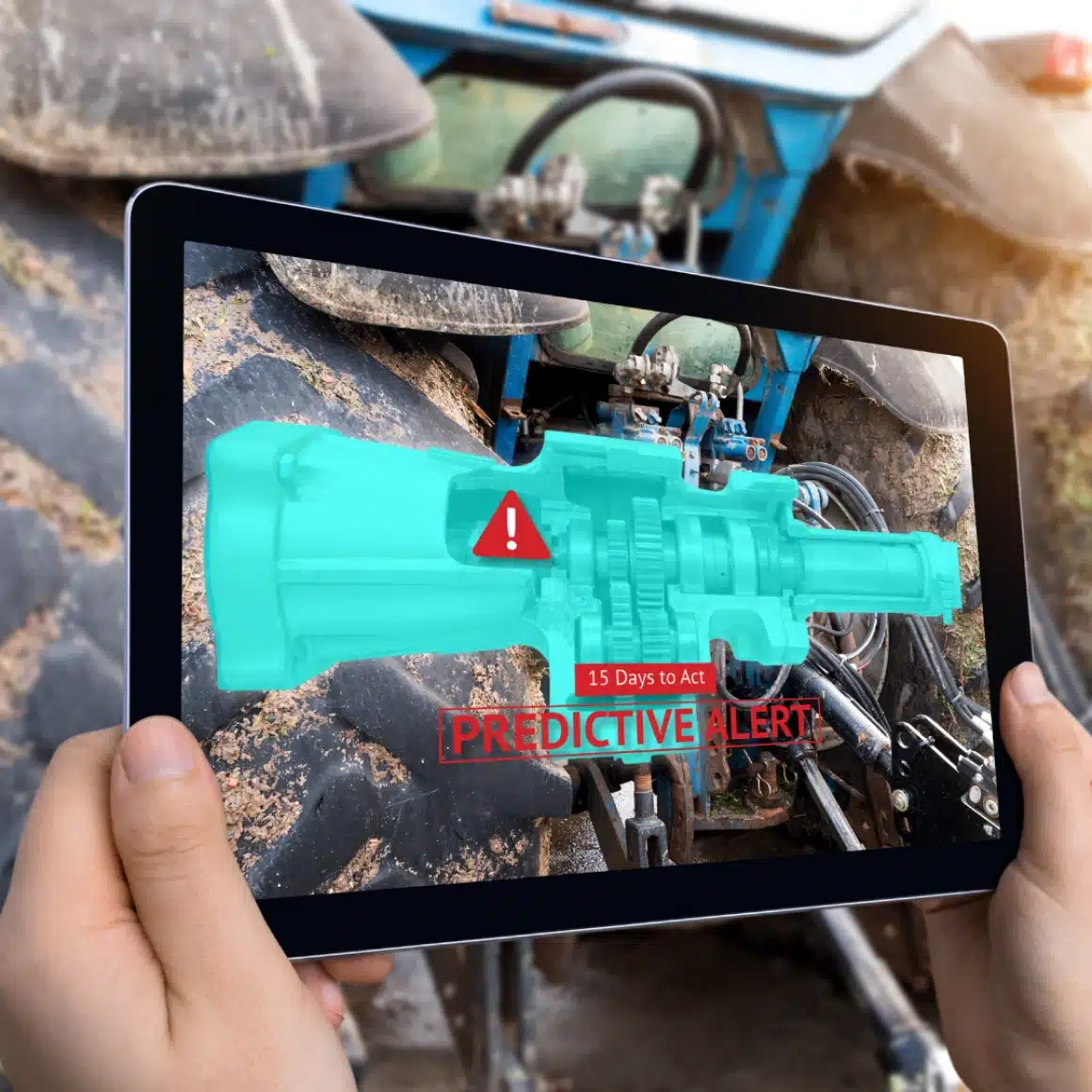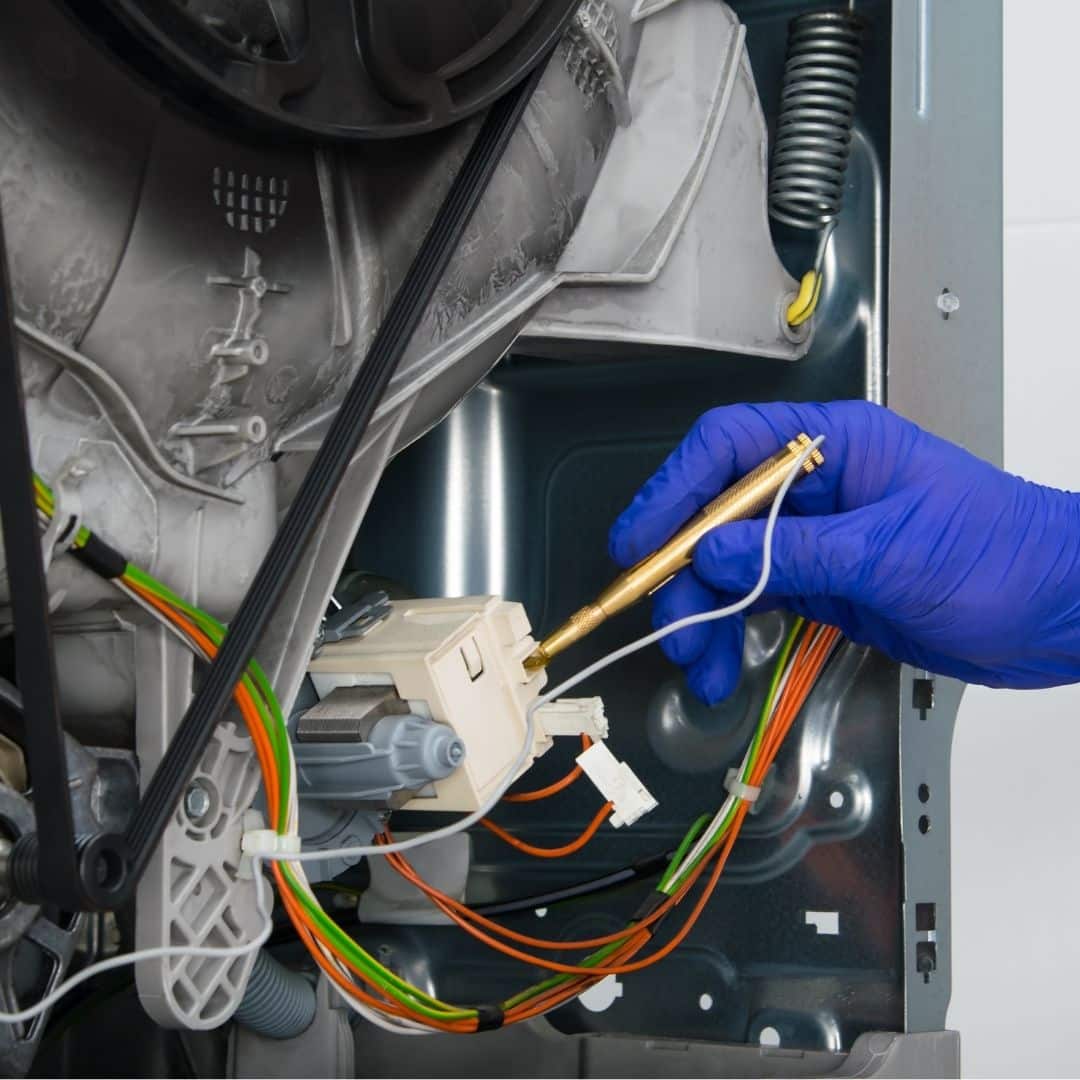What is FMEA ?
Failure Mode and Effects Analysis (FMEA) is a systematic, proactive method used to identify potential failure modes within a process, product, or system, assess their impact, and prioritize actions to mitigate risks. It is widely used in industries such as manufacturing, healthcare, aerospace, and automotive to enhance reliability, safety, and quality.
Key Elements of FMEA
- Failure Mode: The way a process or component might fail (e.g., a machine breakdown, software malfunction, or incorrect data entry).
- Effects Analysis: The impact of the failure on operations, safety, and performance.
- Risk Priority Number (RPN): A score calculated to prioritize risks, determined by:
- Severity (S): How serious the failure’s consequences are.
- Occurrence (O): How frequently the failure is expected to happen.
- Detection (D): How likely it is that the failure will be detected before causing issues.
- Formula: RPN = S × O × D
- Preventive and Corrective Actions: Steps to reduce the risk, such as redesigning processes, implementing better controls, or improving maintenance strategies.
Types of FMEA
- Design FMEA (DFMEA): Focuses on potential failures in product design.
- Process FMEA (PFMEA): Examines failures in manufacturing or business processes.
- System FMEA: Analyzes failures at a higher system level, considering interactions between subsystems.
Benefits of FMEA
- Improves reliability and safety.
- Reduces costs associated with failures and downtime.
- Helps in compliance with quality and safety standards (e.g., ISO 9001, IATF 16949).
- Enhances risk management and decision-making.
Failure Mode and Effects Analysis (FMEA) has been widely used in industries like automotive, aerospace, healthcare, and manufacturing to prevent failures and enhance safety. However, there have also been catastrophic failures due to the lack of proper FMEA implementation.
Successful Applications of FMEA
1. Automotive Industry – Ford & Toyota
Ford & Toyota use FMEA in product design and manufacturing to ensure vehicle safety and reliability.
- Ford applies Design FMEA (DFMEA) in engine and transmission development to identify potential weaknesses before production.
- Toyota integrates Process FMEA (PFMEA) in its lean manufacturing system to minimize defects and improve efficiency.
2. Aerospace Industry – NASA & Boeing
NASA applies FMEA to space missions, ensuring that critical components (such as life-support systems and propulsion) undergo rigorous failure analysis.
- The Apollo Program used FMEA to assess risks and led to safer space missions.
- Boeing applies FMEA in aircraft design to prevent in-flight failures and improve overall safety.
3. Healthcare – Medical Device Manufacturing & Hospitals
Medical device companies like Medtronic & Johnson & Johnson use FMEA in product development to enhance patient safety.
Hospitals apply FMEA in healthcare to prevent medication errors, surgical mistakes, and equipment failures.
- Example: A hospital in the U.S. reduced medication administration errors by 75% using FMEA in its process redesign.
4. Semiconductor & Electronics – Intel & Apple
Intel & Apple implement FMEA to ensure reliability in chip manufacturing and electronics assembly, reducing the risk of defective products reaching customers.
Failures Due to Lack of FMEA Implementation
1. NASA Challenger Disaster (1986)
The Challenger space shuttle explosion occurred due to a failure in the O-ring seal of the rocket booster.
- Engineers had concerns about the O-ring failing in cold temperatures, but no formal FMEA was conducted to assess risk systematically.
- The failure led to the loss of seven astronauts and a major overhaul of NASA’s risk management process.
2. Boeing 737 MAX Crashes (2018 & 2019)
The Boeing 737 MAX crashes (Lion Air Flight 610 & Ethiopian Airlines Flight 302) resulted from a faulty Maneuvering Characteristics Augmentation System (MCAS).
- Lack of a proper FMEA meant that failure modes related to sensor malfunctions were underestimated.
- The crashes led to 346 fatalities and the grounding of the entire 737 MAX fleet worldwide.
3. Toyota Unintended Acceleration Recall (2009-2010)
Toyota had to recall over 9 million vehicles due to unintended acceleration issues.
- The root cause involved faulty electronic throttle control and sticky accelerator pedals, which were not fully evaluated using FMEA.
- This resulted in several fatal crashes and cost Toyota over $2 billion in fines and settlements.
4. BP Deepwater Horizon Oil Spill (2010)
The Deepwater Horizon explosion and oil spill in the Gulf of Mexico was one of the worst environmental disasters in history.
- A lack of FMEA on the blowout preventer (BOP) led to catastrophic failure during an emergency.
- The spill lasted 87 days, caused 11 fatalities, and resulted in $65 billion in fines and damages.
5. Therac-25 Radiation Machine Overdose (1985-1987)
The Therac-25 medical radiation machine had a software defect that led to massive overdoses of radiation, causing severe injuries and deaths.
This led to six known incidents of radiation overdoses and prompted stricter medical device regulations.
No proper FMEA was conducted to analyze software failure modes.
Key Takeaways
- Proper FMEA implementation saves lives and prevents massive financial losses.
- Neglecting FMEA can result in catastrophic failures, lawsuits, and reputational damage.
- Industries like aerospace, automotive, healthcare, and oil & gas must integrate FMEA rigorously.

The Role of CMMS in Failure Mode and Effects Analysis (FMEA)
A Computerized Maintenance Management System (CMMS) plays a critical role in Failure Mode and Effects Analysis (FMEA) by providing the necessary data, tracking, and automation to identify, analyze, and mitigate failure risks. Integrating FMEA with CMMS enhances failure detection, risk prioritization, and preventive maintenance strategies, leading to improved asset reliability and operational efficiency.
1. CMMS as a Data Source for FMEA
FMEA relies on historical failure data to assess risks. A CMMS collects and organizes this data in real time, making it easier to perform FMEA.
🔹 Failure Mode Identification → CMMS records failure history, work orders, and equipment downtime, helping teams recognize patterns in recurring failures.
🔹 Occurrence Analysis → CMMS logs failure frequency, helping assess the likelihood of failures (Occurrence rating in FMEA).
🔹 Detection Efficiency → CMMS tracks past inspections, sensor alerts, and predictive maintenance data, helping determine how well failures are detected (Detection rating in FMEA).
2. Using CMMS for Risk-Based Maintenance Planning
FMEA prioritizes risks using the Risk Priority Number (RPN) formula:
RPN=Severity×Occurrence×Detection
🔹 CMMS Helps Reduce Occurrence → By scheduling preventive & predictive maintenance based on FMEA insights, CMMS reduces the chances of failure.
🔹 CMMS Enhances Detection → IoT-integrated CMMS can detect failures early through sensor alerts and predictive analytics.
🔹 CMMS Helps Mitigate Severity → If a failure does occur, CMMS ensures quick corrective action, reducing its impact.
Example:
A food processing plant uses FMEA to identify that refrigeration unit failure could lead to contamination risks. CMMS helps:
- Schedule frequent temperature monitoring and preventive maintenance.
- Integrate IoT sensors to detect abnormal temperature fluctuations.
- Automate work orders for immediate corrective action when a failure risk is detected.
3. Automating Failure Prevention with CMMS
🔹 Predictive Maintenance → CMMS uses condition-based monitoring (CBM) and historical data to predict failures before they happen.
🔹 Automated Work Order Triggers → If FMEA identifies a critical failure mode, CMMS can automatically generate work orders to address it proactively.
🔹 Asset Health Scoring → CMMS assigns a health score based on FMEA insights, prioritizing maintenance efforts.
- Example:
- A manufacturing plant performs FMEA on its CNC machines and finds that spindle failures have a high impact. CMMS automates:
- Real-time vibration monitoring to detect spindle wear.
- Automatic work orders when abnormal vibration levels are detected.
- Preventive maintenance tasks to lubricate and inspect spindles regularly.
4. CMMS for Continuous Improvement & Root Cause Analysis
🔹 Tracking FMEA Action Plans → CMMS ensures all risk mitigation actions from FMEA are logged, assigned, and tracked to completion.
🔹 Root Cause Analysis (RCA) with CMMS Data → When failures occur, CMMS provides historical data to determine the root cause and refine FMEA models.
🔹 Compliance & Audits → CMMS maintains detailed maintenance logs to comply with regulatory requirements based on FMEA recommendations.
Example:
A pharmaceutical plant identifies that HVAC filter failures could lead to contamination. CMMS helps in different ways.
- Logging each failure event and tracking its impact.
- Analyzing failure trends to refine the maintenance schedule.
- Generating reports for regulatory compliance.
Why Repairist CMMS?
- User-friendly interface.
- Flexible configuration options.
- Powerful integration capabilities.
- Mobile compatibility and offline usage.
- Expert support team and ongoing training opportunities.
- Modular structure: Comprehensive solutions covering all maintenance processes, including periodic maintenance.
Next Steps
Have you received sufficient information about “Failure Mode and Effects Analysis (FMEA)” ?
repairist is here to help you. We answer your questions about the Maintenance Management System and provide information about the main features and benefits of the software. We help you access the repairist demo and even get a free trial.
Aybit Technology Inc.
Frequently Asked Questions (FAQ)
A CMMS (Computerized Maintenance Management System) helps organizations apply Failure Mode and Effects Analysis (FMEA) by providing real-time failure data, automating maintenance scheduling, and tracking corrective actions. FMEA identifies potential failures, and CMMS ensures that preventive actions are executed efficiently.
CMMS records historical maintenance data, failure reports, and sensor alerts, making it easier to detect recurring failure patterns. This data helps maintenance teams analyze failure causes and prioritize high-risk failure modes using FMEA.
Yes, CMMS enables preventive and predictive maintenance to reduce failure frequency. Based on FMEA insights, CMMS can schedule:
Routine inspections for high-risk assets.
Condition-based monitoring (CBM) to detect potential failures before they happen.
Automated work orders triggered by sensor data or maintenance thresholds.















